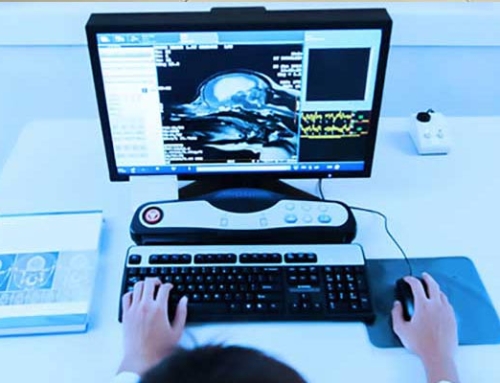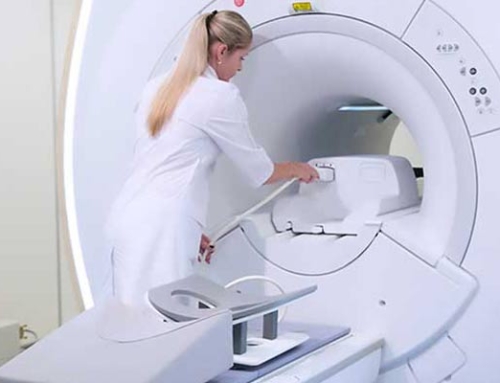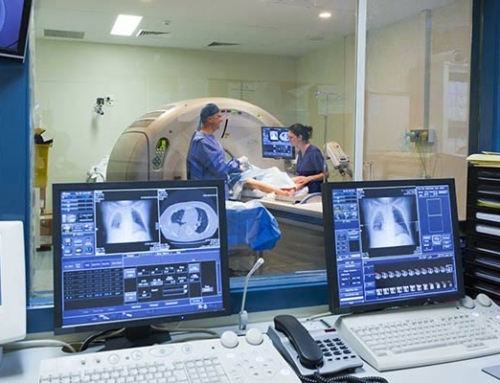As a radiology tech, what bothers you most about CE credits for ARRT might be the paperwork and having to keep track of it all on your own. For others, it has to get the credits itself is what’s annoying. Either way, both aspects of the process can get easier with time.
At Pulse Radiology, we want to give you tips on how to do both. The premise behind requiring CE credits for ARRT, particularly 24 credits every 2 years, is to contribute more to radiology. Radiology techs who take advantage of CE activities are better at doing their jobs.
Difficulty Tracking CE Credits for ARRT
Tracking CE credits can be troublesome if you do it yourself. Fortunately, you can register for an ASRT account using your birthday, name, and social security number. ASRT will track all of your credits for you. Make sure that the entity gives you a certificate for completing CE activities.
The certificate can then be sent to ASRT. Within 7-10 days, you should receive an email confirming that your credits were received. If you don’t get an email, you should call or email them to inquire about your credits.
As long as your social security number and birthday on ASRT’s database match that on ARRT’s database, your credits will automatically be sent to ARRT. This saves you an extra step.
Make sure you submit your 24 credits during your two-year period, starting on the first day of your birth month and ending 2 years later. You need 24 credits of CE as a radiology tech every 2 years.
Finding CE Activities
Finding CE activities is pretty easy if you know where to look. First, you might learn about activities from friends and coworkers. A second source is to look at websites like Pulse Radiology, where we offer plenty of CE activities that don’t take time and are easy to complete.
You’ll also find organized activities like seminars, training courses, and lectures. These can be time-consuming and have a strict schedule, though. Online activities are the way to go if you want something easier to keep up with at your own pace.
Don’t assume that regular activities that are part of your daily job and duties count as continuing education. Attending rounds or staff meetings doesn’t count and won’t give you credit. Additionally, ARRT doesn’t accept CPR training or courses as CE.
They see it as CPR should be a basic skill for someone working in healthcare. If a patient goes into cardiac arrest while undergoing a scan, you should be qualified to give them CPR.
CE can be confusing if you’re just starting your career as a radiologic tech. Anyone who has been doing this for years just sees it as part of the job. CE credits for ARRT get easier over time, and you stop noticing it. You’ll just know where to get your credits and when to complete these activities.
Links Related to MRI Certification Programs







